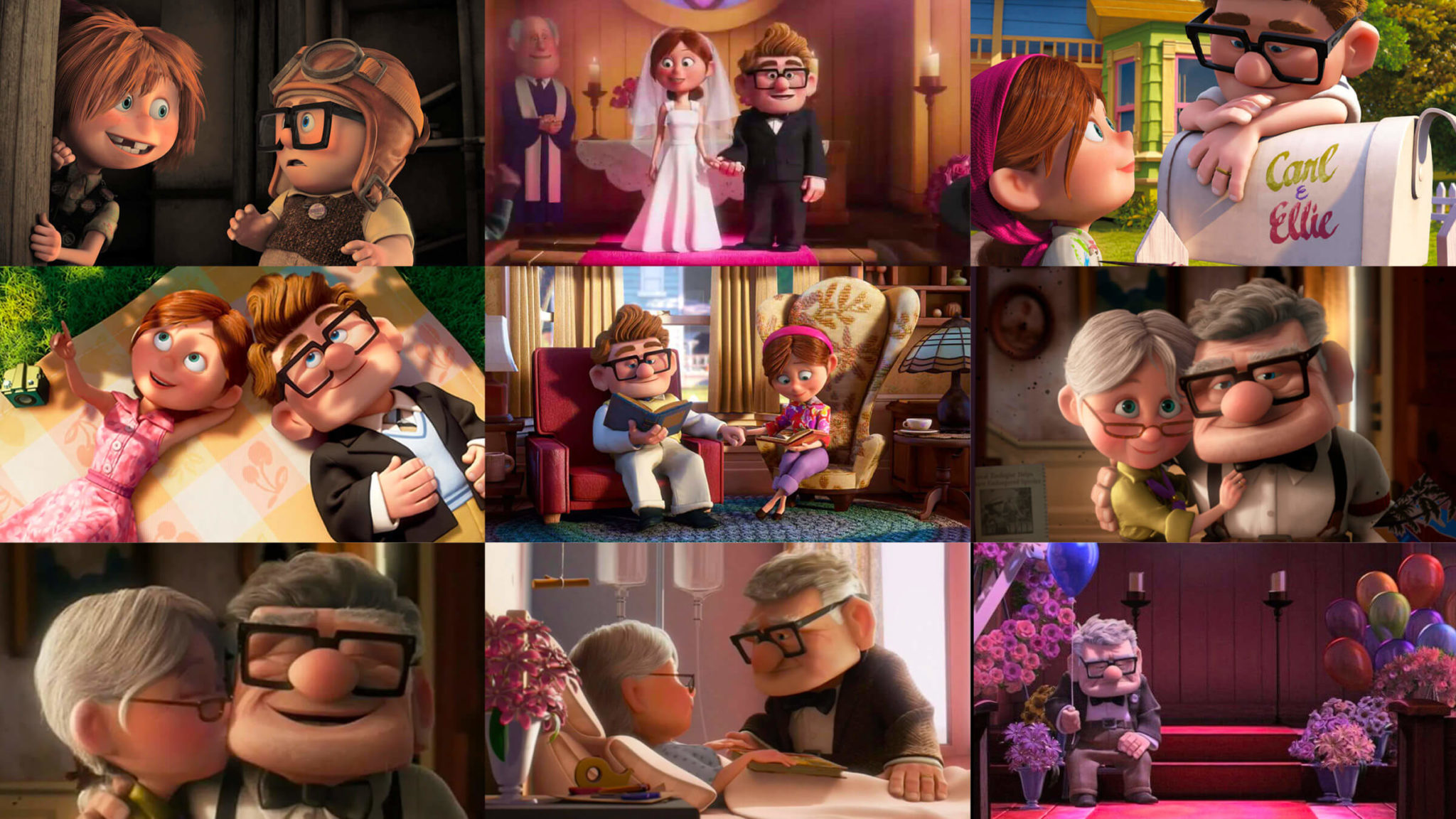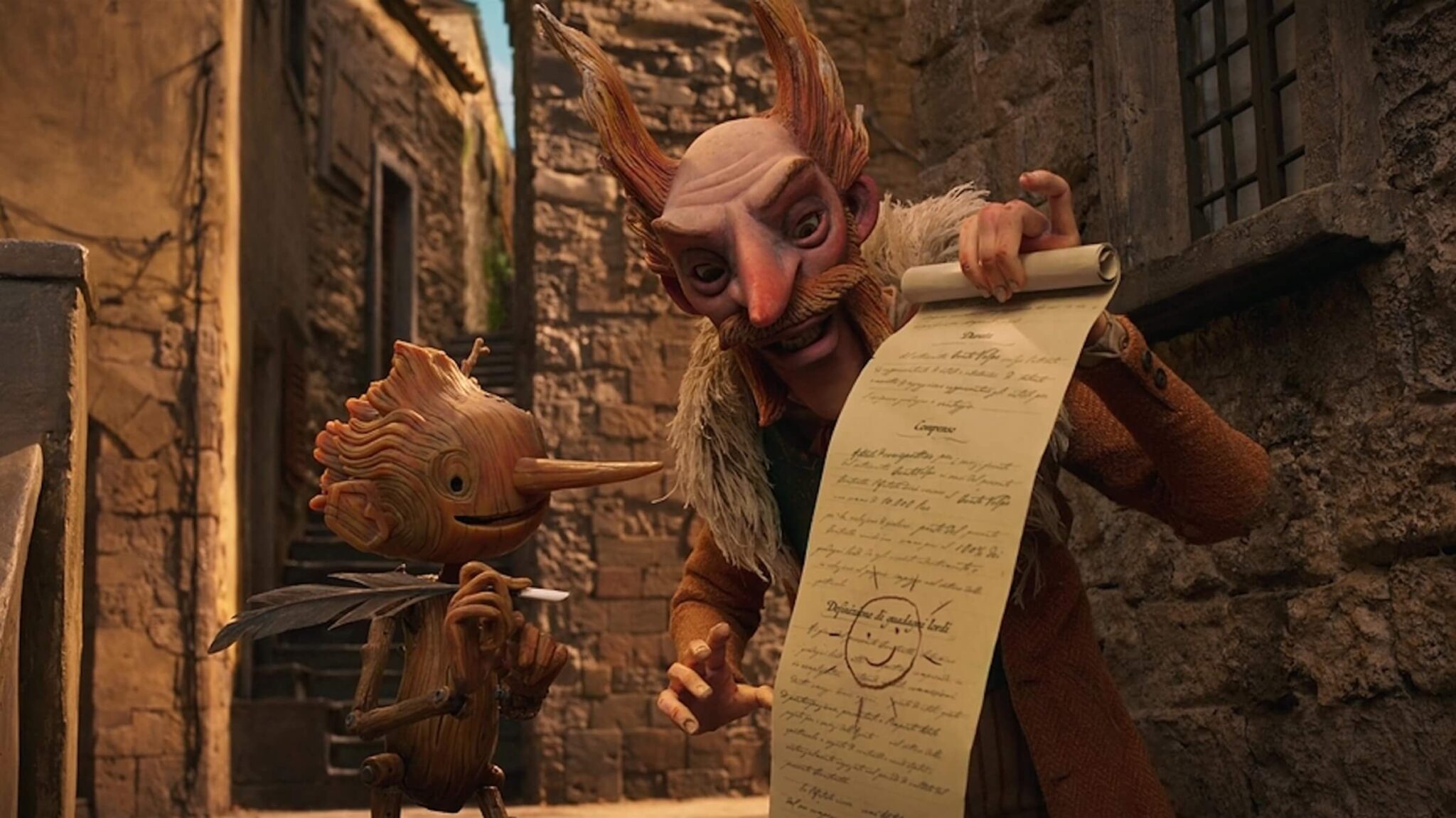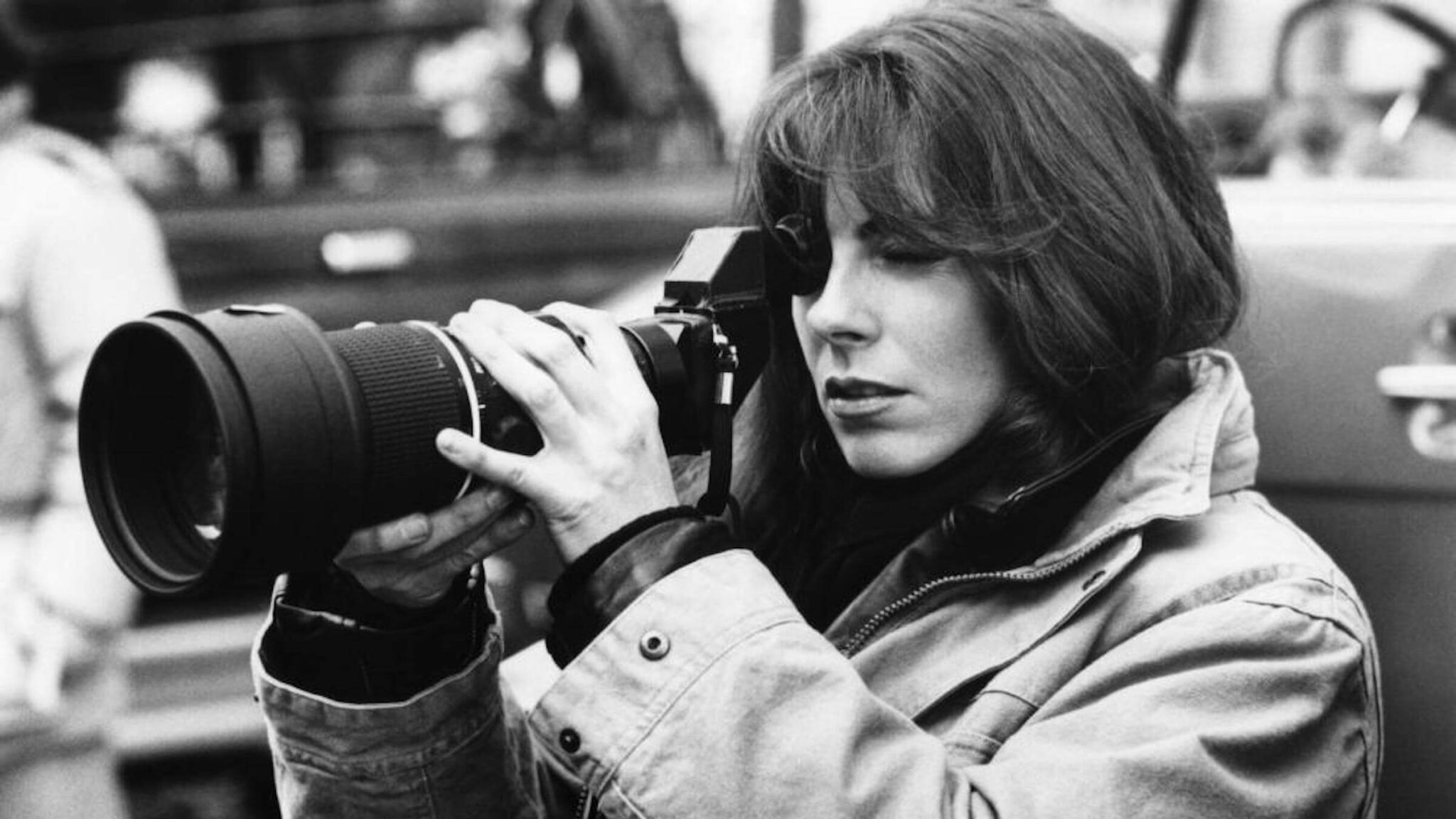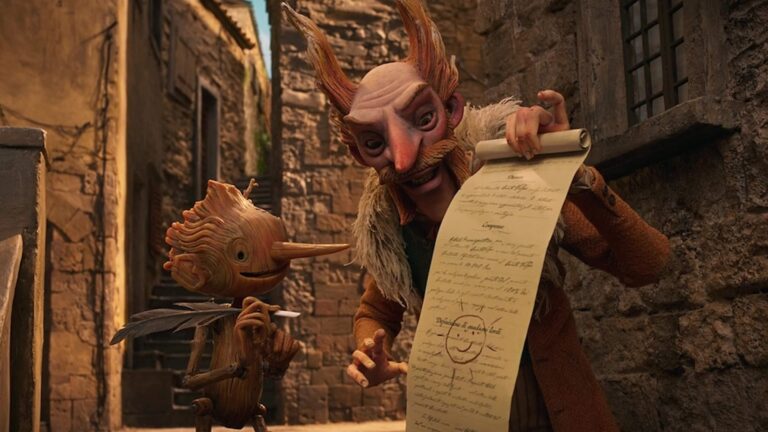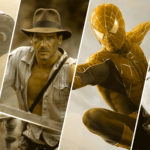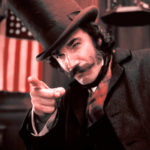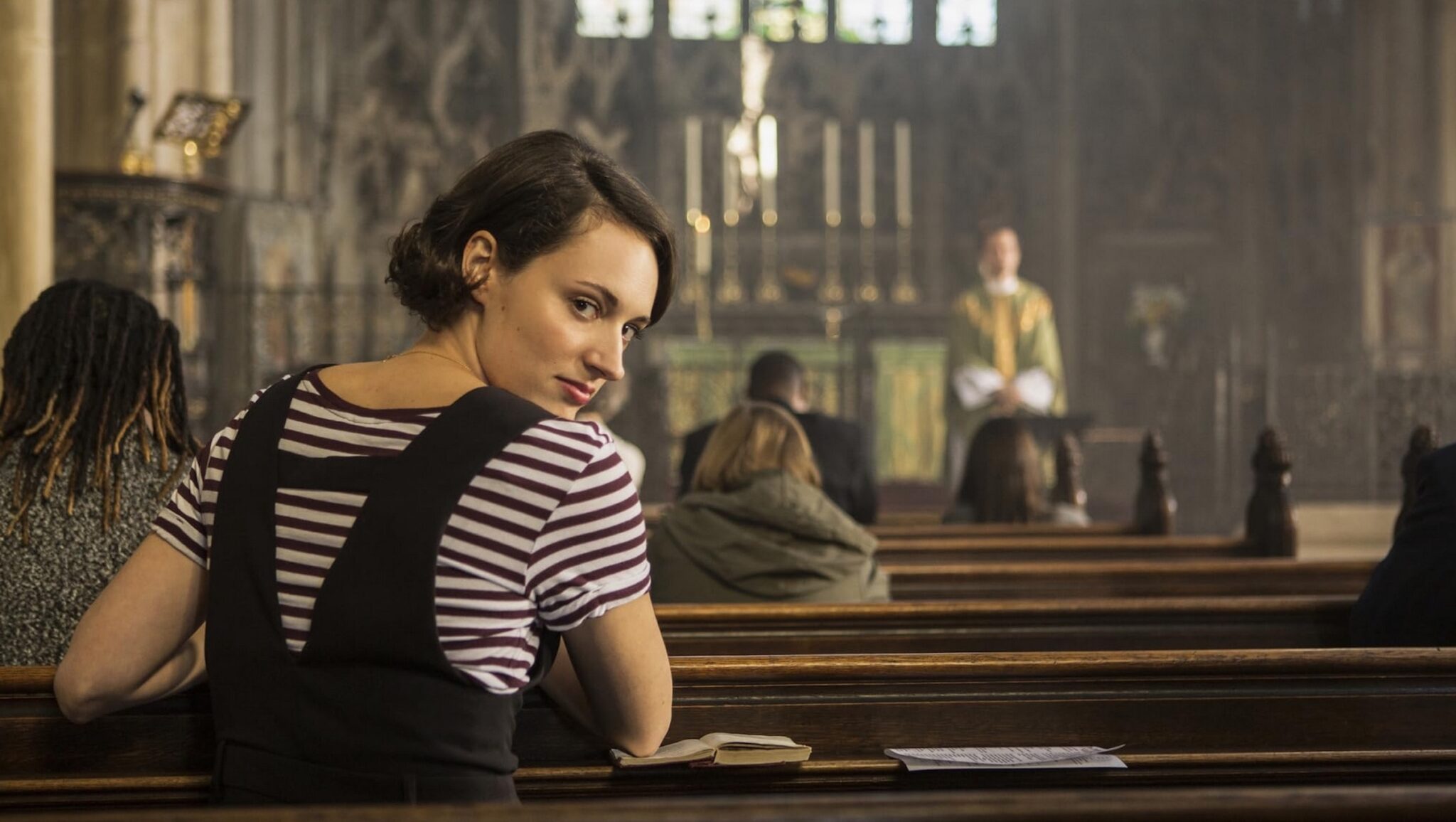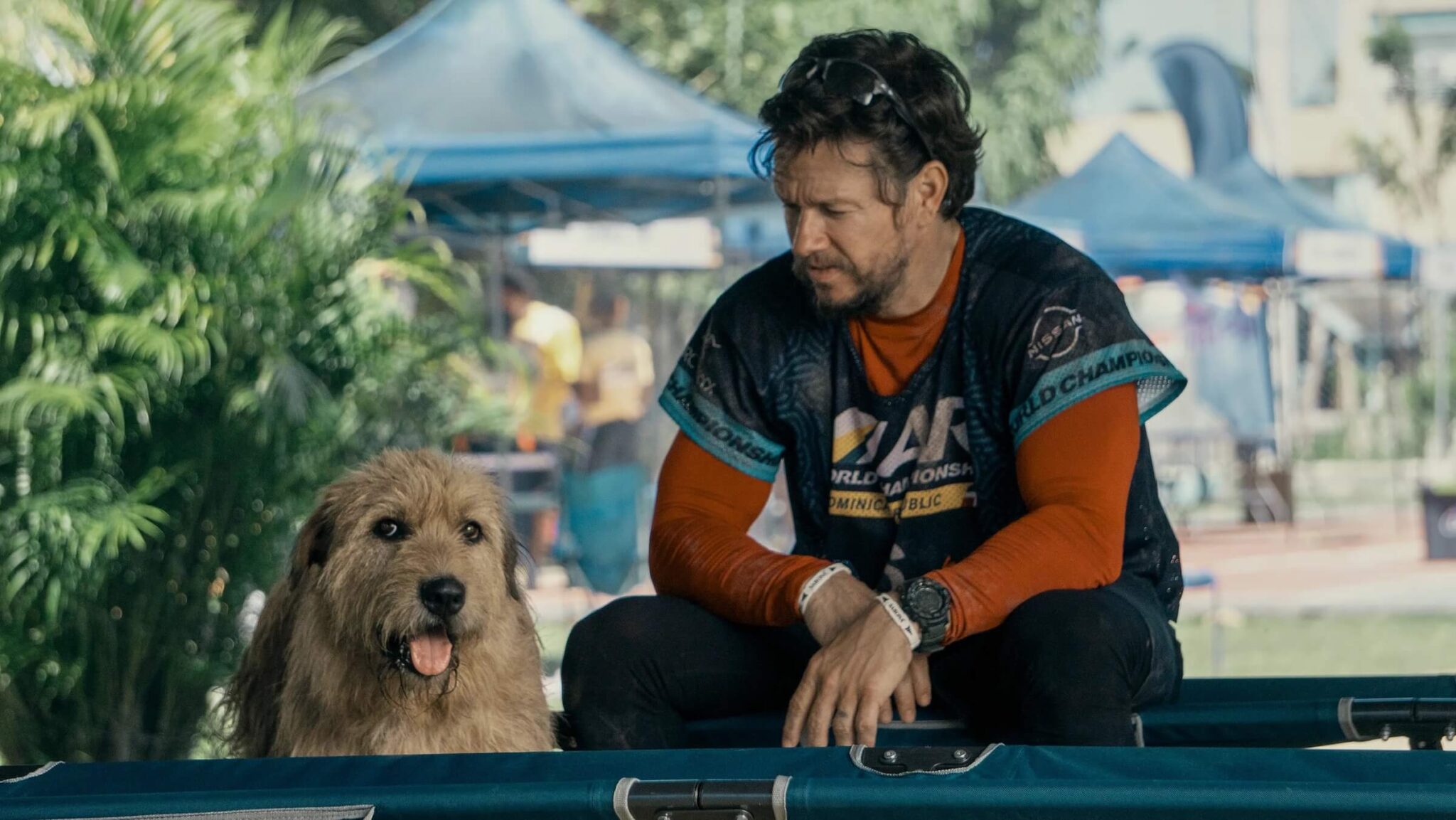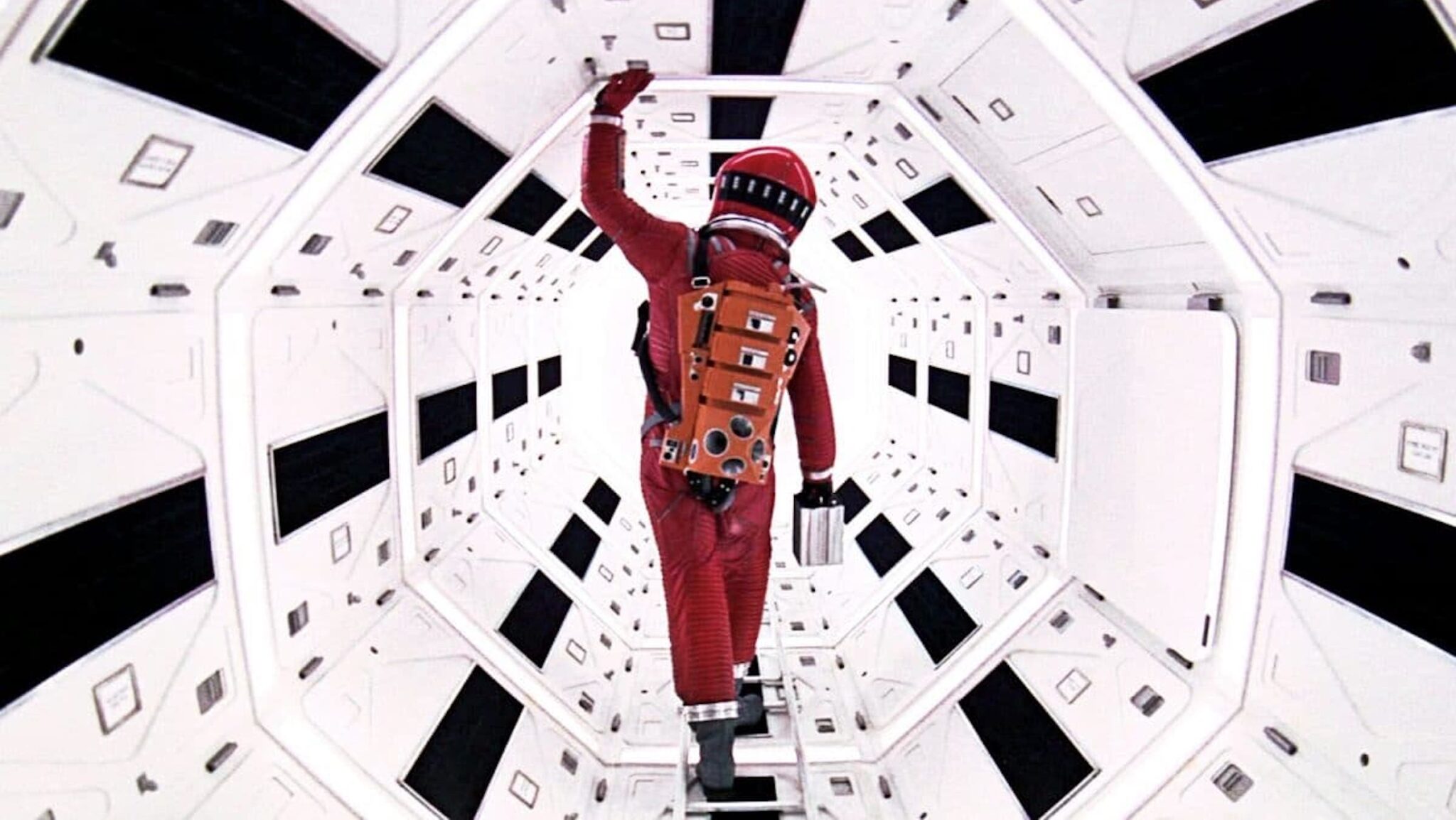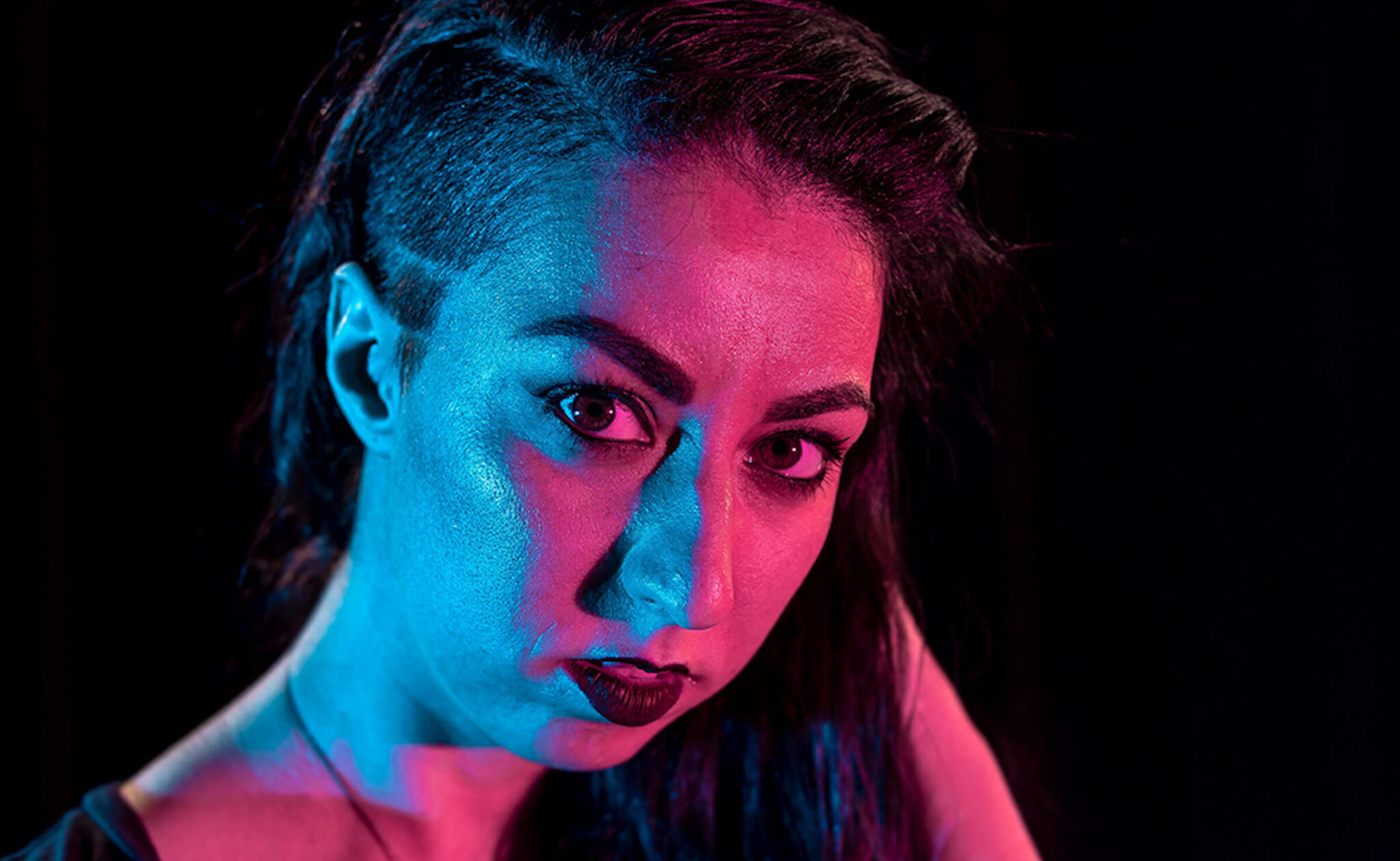How Screenwriters Can Find the Emotional Journey of Their Characters
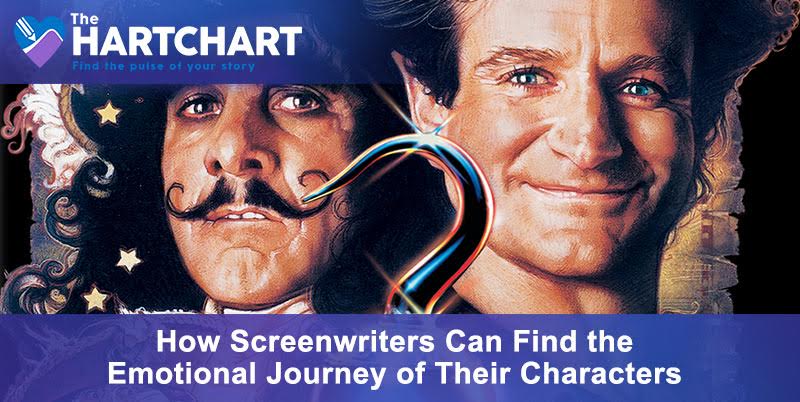
"This is not a science or a formula; it is a tool designed to capture lightning in a bottle so you have access to that lightning whenever you need it in your actual drafting process." — James V. Hart
When you break down the cinematic experience, the one single constant that is ever-present, no matter what the genre, is emotion. Movies make us laugh when we want to laugh, cry when we want to cry, scream when we want to be thrilled, etc. It has been that way since the days of silent film.
Beyond that, we want to see the characters on that big screen go through an emotional journey of their own. Great screenplays have great emotional conflict. Those elements drive the story and character arcs forward.
Read: The Engine of Empathy: Three Ways to Convey Characters' Emotions
But how do screenwriters ensure that they are giving their characters and stories enough emotion and conflict?
Almost twenty-five years ago, screenwriter James V. Hart collaborated with Francis Ford Coppola on Bram Stoker's Dracula. This is where Hart was introduced to the concepts that would eventually evolve into The HartChart, created by the technical team behind WriterDuet screenwriting software.
We had the amazing opportunity to interview Hart, which lead to a discussion that began with his childhood storytelling roots, to his screenwriting collaborations with the likes of Coppola (Bram Stoker's Dracula), Steven Spielberg (Hook), and Robert Zemeckis (Contact), and then onward to his amazing and helpful HartChart.
ScreenCraft: Where did your own storytelling roots begin?
J.V. Hart: My father, Albert Jones Hart, lived to his 95th year. He was a Lt. in the 87th Engineers during WWII and built the Alkan Highway at the beginning of the war. His bedtime stories were all about the 2 Brown Bear cubs his troop adopted that he named TNT and Dynamite. Dad regaled my brother and I with their adventures in Alaska every night before going to bed. Toke was the Husky sled dog who was always at Dad’s side during the construction of the road. His stories about the war in New Guinea offered another level of seeing the world at a very young age. His stories still resonate with me today. His father, Warren Bryant Hart, and his mother Berth Hart, could never finish a sentence without it leading into a story that had a point and was relevant to whatever the situation was – like convincing me to eat my spinach, or wooing me to shut-up and go to sleep.
Good question. I had not really thought about it until just this moment. I had a great story-telling tradition growing up. In fact I now remember as a child making up these elaborate stories and incidents about things that never happened to me, my friends, and my family. I was a bald faced pre-pubescent liar it seems. I even had three imaginary friends, Ronnie, Honnie, and Ponnie. Maybe they will return to me in my senior years and inspire some more awfully big adventures.
ScreenCraft: What was it like working with the likes of icons Francis Ford Coppola, Steven Spielberg, and Robert Zemeckis?
J.V. Hart: Maestro Coppola was the single most completely satisfying experience I have had in this writing life. Francis is a writer first. He knows how hard it is to get those words onto the page in the first place. Coppola displayed enormous respect for my script as a director who did not generate the material on his own and included me in the rewrite process, rehearsals, production, and even in the editing room when we were writing new bits and pieces of narrative the film needed.
My favorite part of working with Francis was the immersion into all departments of the film; working with Eiko Ishioka, our academy award winning costume designer, Tom Sanders on the production design, the interaction with the amazing actors during rehearsals and production, Michael Lantieri on the imaginative old fashioned special effects, including Roman Coppola’s brilliant use of miniatures and puppetry in the production.
Watching Francis conduct all these amazing creative talents like a symphony had an enormous impact on me; be prepared, prep is everything, and know what you want before you walk onto the set. I have worked with many directors since Mr. Coppola — good, great, and not so great. I am not sure I will ever have the Dracula experience again in my career.
Hook preceded Dracula by a few months, so I had two legends back-to-back as a screenwriter, beginning with Steven Spielberg.
Steven Spielberg has one thousand ideas a minute and you had to be a smart pair of sneakers and keep your brain agile to keep up. My family gave birth to Hook, it was my son’s idea when he was six years old. Steven respected that throughout the process and gave Jake access as an 11-year-old to an amazing experience during the shooting of the chaotic but ultimately rewarding production.
Hook gave us a new family, which continues today. Deep and lasting friendships with dear sweet Bob Hoskins and his beloved family, as well as much loved Robin Williams and his amazing tribe who are all forces of nature. So many long term relationships to this day — Lily and Jill Collins, Caroline Goodall, Bonnie Curtis, The Great Ormond St. Hospital, and our very own charity The Peter Pan Children’s Fund.
Steven Spielberg dropped everything on his radar to make room to direct Hook. I formed a new and unexpected appreciation of directors and the challenges they face everyday to bring a vision to life on the screen. Mr. Spielberg is no different. He is dedicated and works harder than anyone can imagine with his boundless energy and amazing knowledge of making films. Hey, he has been directing since he was ten years old.
Contact. I had two and a half amazing years with the great Carl Sagan and his wife, Annie, working on finding the movie inside his staggering book. No one can take that away from me. And there will never ever ever be another Carl Sagan. Jodie Foster survived three writers and two directors to get Contact made on her terms. She is my hero always for her devotion to telling Ellie Arroway’s story.
“If it’s just us, seems like an awful waste of space,” is a line I am most proud of. I found the quote in my research from a quote by Thomas Carlyle. When Carl read the line in the script he said to me,”That’s it. That is the theme of everything we need to say about life in the universe.”
ScreenCraft: Where did the concept of the HartChart come from?
J.V. Hart: I learned a great deal about structure and character driven narrative from Coppola during Dracula. He gave me a series of questions, interrogatories to pose to your fictitious characters and the ensuing answers essentially resulted in a character driven narrative instead of plot driven. I needed more than cards on a wall to follow the emotional journey of my characters through the story. I need a big picture full screen beginning-to-end overview of my script and story.
When having my regular heart checkup, I watched the needle on the EEG and wondered if I could measure the heartbeat of my characters the way my cardiologist checked mine, and could I take that heartbeat, that pulse of my story and plot it on a graph like the EEG.
So I began to draw early charts at workshops using the narrative signposts I have come to rely on over the years. I drew the charts at Sundance, EQuinoxe workshops in Europe, my grad classes at Columbia, etc. But the first official charts were born at the Austin Film Festival Writer’s Ranch where the philosophy and taking charge of one’s own script but creating your own chart for your own material really emerged.
I remember one night at the second Writer’s Ranch when one writer challenged the chart and said, "Can we watch one of your movies you have not charted and see if your theory holds up?"
Well, we watched Contact that night and we all called out the signposts as they happened onscreen. When we got to the Cinderella moment [see www.hartchart.com signposts] I swear it was the moment where Jodie Foster arrived at the gala charity event in a black limo and stepped out in a Cinderella dress just like Cinderella going to the ball to meet the Prince. Even I was gobsmacked at the veritas of The HartChart at that moment.
I use the mapping tool everyday in my own work. The Chart is a serious writing tool and not some book you put on a shelf about writing screenplays and never use again.
Check it out. You will never face a blank page again.
Guy Goldstein has developed a very smart app that carefully follows my process for using the chart and I am grateful to him for persevering and making this whole new adventure happen. WriterDuet is a practical screenwriting program that works hand-in-hand with the HartChart as other screenwriting programs.
ScreenCraft: What are the key elements to the HartChart and what does it do for the screenwriter and their scripts?
J.V. Hart: The core questions require that the writer make essential decisions about their characters which results in a character driven narrative rather than a plot driven narrative. Your characters will lead you through the narrative rather than you the writer pushing them through the story .
The chart signposts are the other ingredient used to measure in a visual and tangible way the emotional journey of your characters. You can see the highs and lows, the good and bad, the progress, the setbacks, the surprises and the rewards you characters experience on one widescreen page.
ScreenCraft: Can the HartChart be used in all genres?
J.V. Hart: Yes. I used the chart to write my first novel; Capt. Hook: The Adventures of a Notorious Youth. An Irish playwright used the HartChart to structure improvisations with his actors to completely rewrite a problematic play that ended up receiving rave reviews. Two noted TV writers are using the HartChart to map out an entire season of episodes. The HartChart applies to storytelling in all shapes formats lengths and sizes.
ScreenCraft: How does the HartChart stand up with Chris Vogler’s The Writer’s Journey and other similar processes?
J.V. Hart: Chris Vogler’s quote about the HartChart says it all for me. Chris and I do workshops together, he is a firm believer as am I that there are certain story telling principles in the Universe that cannot be denied or altered. We have charted films together using The Hero’s Journey from his discipline side by side with the HartChart, to positive results.
One of the new features coming to the HartChart in 2016 is the Vogler 12 steps of The Hero’s Journey as signposts you can use on the Chart as an alternative. Chris will also be adding his charts of other films to the example option on the App; and, even more importantly, Chris will begin doing live and streaming presentations on The HartChart for our subscribers.
We are great friends and I am honored to have him be a contributor to the HartChart community.
ScreenCraft: What’s your development process like when developing concepts and scripts?
J.V. Hart: I used to use the chart as a rewrite tool. Now it's used to break story, to develop my characters and the narrative from scratch. Once I answer the core questions and make a first pass at identifying the signposts, I produce an expanded prose version of the content and have a working document I plot on the chart and use as the basis for my first draft.
This is not a science or a formula; it is a tool designed to capture lightning in a bottle so you have access to that lightning whenever you need it in your actual drafting process.
ScreenCraft: I’ve read that you’re writing process is similar to mine, where you often reread what you wrote the prior day before you continue on. How do you feel that helps your process?
J.V. Hart: I read what I wrote the previous day every morning before I start the new content. Once or twice a week I go back to page 1 and read from the beginning. This way I am always informed as to my characters progress and can make any course corrections or adjustments or tweaks along the way.
James V. Hart is a judge for the ScreenCraft Family-friendly Screenplay Contest. If you've got a family friendly script, submit it here!
The wonderful aspect of The HartChart is that, like Hart himself said, it's not a formula. It's not meant to dictate what emotions or moments need to be on whatever certain page. It is a tool that screenwriters can take advantage of to discover more about their characters and their stories.
Tags
Get Our Screenwriting Newsletter!
Get weekly writing inspiration delivered to your inbox - including industry news, popular articles, and more!









